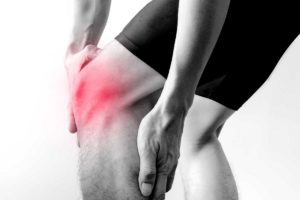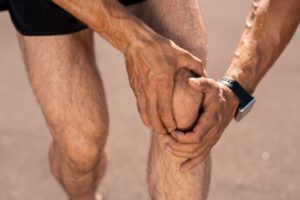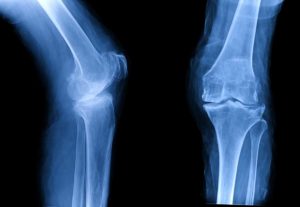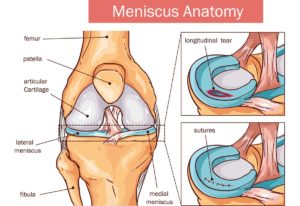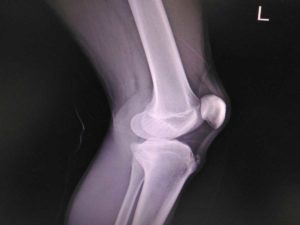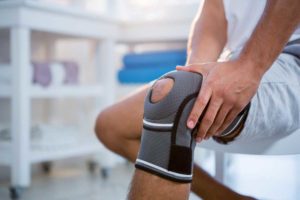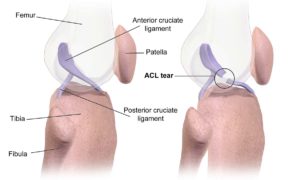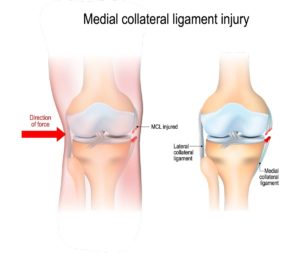
Iliotibial Band Friction Syndrome (ITBFS)
Typical Symptoms
Ilio-tibial band friction syndrome (ITBFS) typically causes an intense lateral (outer) knee pain that comes on after a specified distance while running. The pain can be quite significant and can stop individuals from running further. A snapping sensation can also develop.
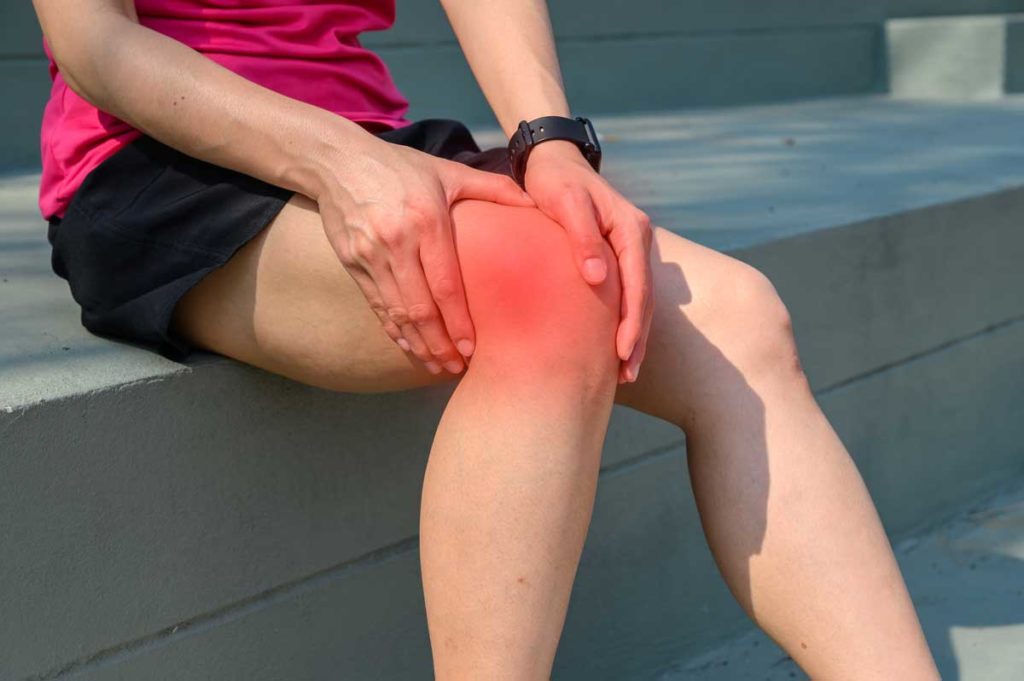
What causes it?
ITBFS is usually due to the ilio-tibial band (ITB) rubbing and causing pain against the latera (outer) condyle of the femur due to tightness along its length. The bursa, that allows movement to occur, can become inflamed and contribute to the pain symptoms.
How can I help myself?
Think back to when the symptoms started. Was it due to a change in running style, footwear, load etc? If related to something in particular, try reverting back to what you did before and see if things improve.
Sometimes working with a coach or personal trainer can help improve your form and reduce symptoms or a sports therapist can help with tightness. Simple measures such as PRICE can help to reduce swelling in the knee and pain can also be improved with oral pain-killers.
When to seek help?
If you have attempted to improve the symptoms but are having ongoing or increasing pain, or if it is significantly affecting your running, it may be useful to have the knee assessed as soon as possible.
What are the treatment options?
Once your clinician assesses you with a thorough history and examination, they may organise a weight-bearing X-ray of your knee to see if the patella (knee cap) is tilted laterally (outward) to imply ITB tightness. This can be identified clinically. An ultrasound can look for a bursa or swelling, after which you may be sent for rehabilitation with a physiotherapist or a gait analysis with a podiatrist.
If symptoms are not settling, then an ultrasound guided cortisone injection may help alleviate inflammation and pain symptoms. An MRI is not usually needed for this, unless another concurrent injury is suspected.

